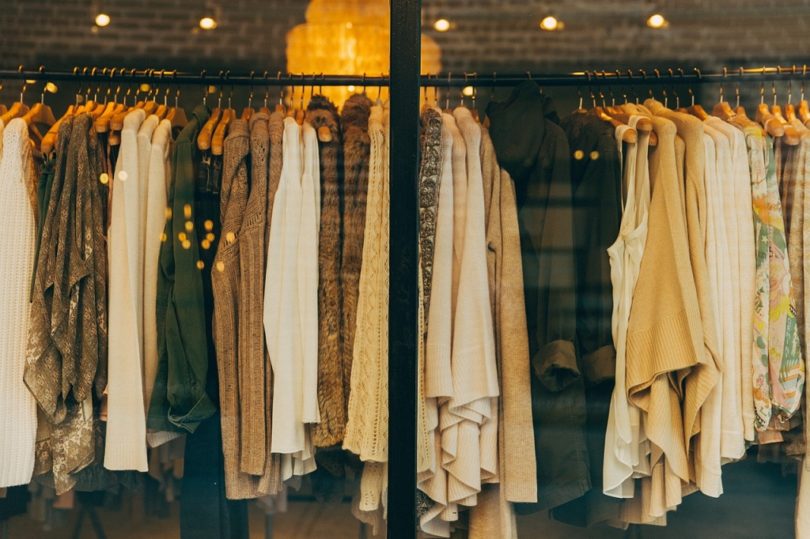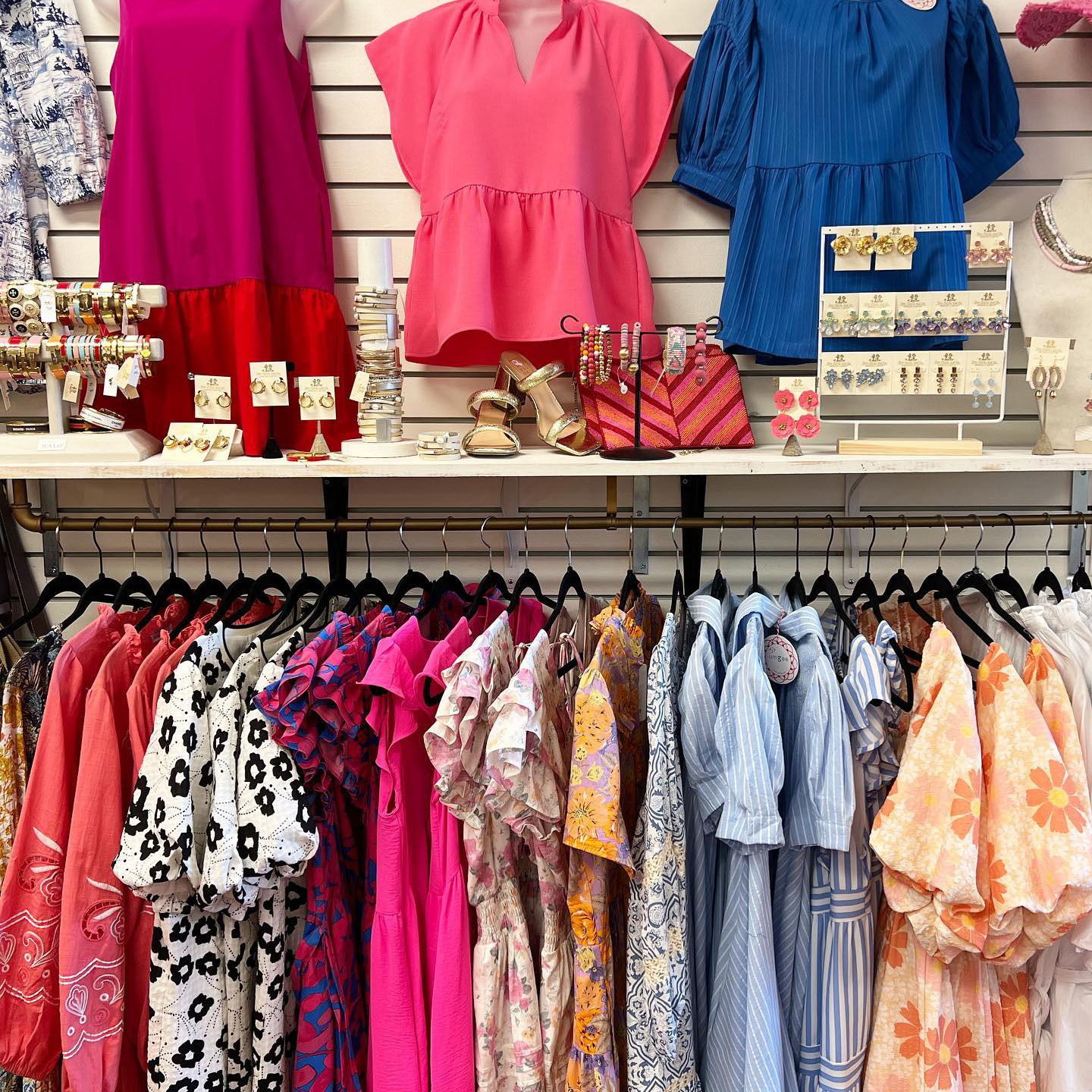The Increase of Online Buying: Finding Boutique Fashion at Your Fingertips
The Increase of Online Buying: Finding Boutique Fashion at Your Fingertips
Blog Article
A Deep Dive Into the World of High-Fashion Runways: Understanding Garments as Art
Developers, much like masterful musicians, weave complex stories through fabric, shade, and form, redefining and testing typical norms charm criteria. As we check out these sartorial eyeglasses, we must consider: what role does style play in shaping social values, and just how does it reflect the ever-changing tapestry of human feeling and identity?
The Advancement of Runway Reveals
The trajectory of runway programs has actually transformed considerably over the years, developing from unique industry occasions to captivating spectacles that mix fashion with art. Generally, runway programs made love affairs, kept in ateliers or tiny places, mainly participated in by purchasers and sector insiders. These early discussions focused on the garments' craftsmanship and business practicality, using a functional and direct display of seasonal collections.
As the fashion market broadened, the nature of path programs started to alter. The 1970s and 1980s noted a transforming factor, with developers looking for to identify themselves via even more staged discussions.
Recently, modern technology and social media have even more transformed runway shows, making them available to a worldwide audience. Livestreaming and digital platforms have equalized style, permitting fanatics worldwide to witness these occasions in real-time (boutique fashion). This advancement reflects a broader social change, where high-fashion runways act as a dynamic intersection of efficiency, design, and advancement
Designers as Dreamer Artists
Designers in the high-fashion industry have actually obscured the lines between practical garment development and the conceptual world of art. By accepting creative self-controls such as sculpture, painting, and avant-garde installments, designers craft garments that test conventional style norms and raise them to art forms.
Visionary designers attract inspiration from a myriad of sources, consisting of abstract art, historical recommendations, and individual stories. They possess an one-of-a-kind ability to picture and materialize ideas that push the borders of conventional fashion, usually redefining aesthetic standards at the same time. This creative ingenuity is showcased with significant shapes, innovative materials, and complex workmanship, which welcome viewers to experience fashion as greater than just wearable things.
Moreover, the runway acts as a canvas for these artists, where illumination, songs, and established layout coalesce to create immersive experiences. These presentations are not simply screens of garments yet are coordinated efficiencies that evoke feeling and provoke thought, affirming the designer's function as a true musician in the contemporary cultural landscape.
Cultural Influences in Fashion
Cultural tapestry weaves its elaborate patterns into the material of fashion, influencing designers around the world. The vibrant interchange of social tales, customs, and signs notifies and influences collections that elegance high-fashion runways. Designers meticulously attract from their heritage or involve with societies unique from their very own, crafting garments that serve as visual narratives. This cultural discussion not just enhances the aesthetic diversity yet additionally promotes a deeper understanding and gratitude of global identifications.
The influence of society on fashion is typically seen in the reinterpretation of standard garments and patterns. The usage of Japanese More Info kimonos, Indian saris, or African prints in contemporary style reflects a mix of social authenticity and modern-day visual appeals. Developers such as Valentino's Pierpaolo Piccioli and Alexander McQueen's Sarah Burton have actually been understood to include rich cultural themes right into their couture collections, translating history right into wearable art.

Advancement in Textile and Layout
Development in material and style wikipedia reference continually improves the landscape of high-fashion, pressing limits and redefining opportunities. Designers are significantly exploring the integration of technology, such as 3D printing, which permits for the creation of complicated structures that were previously unbelievable.
The style industry is observing a rise in the use of eco-friendly products, obtained from recycled plastics, natural fibers, and even naturally degradable components. Designers are embracing these products to craft garments that are both aesthetically striking and mindful of their ecological footprint.
In terms of style, speculative forms and avant-garde silhouettes are continuously reinventing the path. By integrating cutting-edge methods and unusual materials, designers grow garments that blur the line between style and art, setting new requirements for creativity and expression in the high-fashion round.
Effect of Fashion on Society
Style wields an extensive influence on culture, acting as both a reflection of social identification and a stimulant for social change. With its development, style has mirrored societal shifts, encapsulating the zeitgeist of various ages. The flapper dresses of the 1920s embodied a newfound sense of women's liberation, while the vibrant prints of the 1960s echoed the cutting edge spirit of the time. High-fashion paths, particularly, act as over at this website systems for difficult norms and redefining beauty standards. Designers use these places to resolve pressing social problems, from sustainability to diversity, thus forming public discussion.
Moreover, style has the power to bridge cultural spaces, fostering understanding and admiration among varied groups. As globalisation increases, the cross-cultural exchange of fashion ideas ends up being progressively substantial, promoting inclusivity and variety. The increase of streetwear, originating from city subcultures, shows just how fashion can go beyond socio-economic boundaries, providing individuals a method of self-expression and empowerment.
Essentially, style is not merely regarding aesthetic appeals; it is a dynamic force that affects worths, mindsets, and social progress (boutique fashion). By constantly connecting with social and social currents, style remains an indispensable part of the collective human experience

Conclusion
Developers, similar to visionary artists, orchestrate collections that reflect identification, feeling, and cultural stories, testing standard looks. This crossway of fashion and virtuosity not just captivates audiences globally however also affects societal perceptions and advertises a deeper appreciation for social diversity.

Social tapestry weaves its detailed patterns into the material of style, affecting designers worldwide.Style possesses an extensive influence on society, offering as both a reflection of cultural identification and a catalyst for social modification.
Report this page